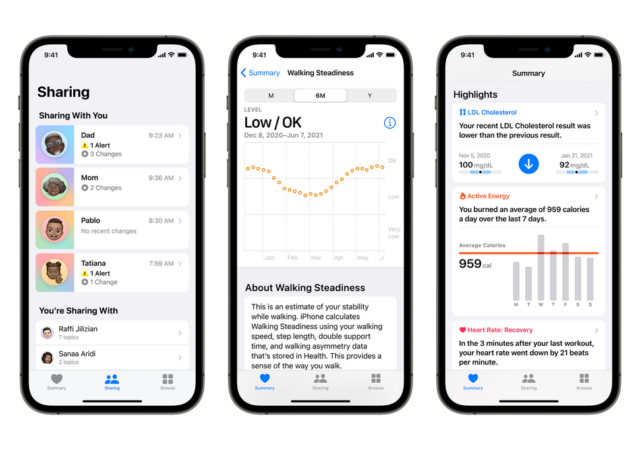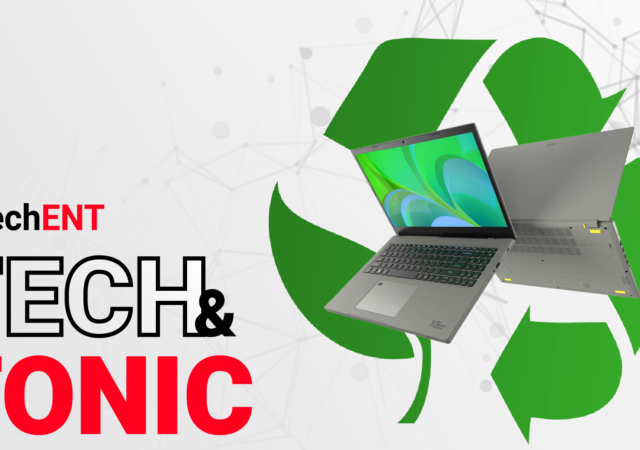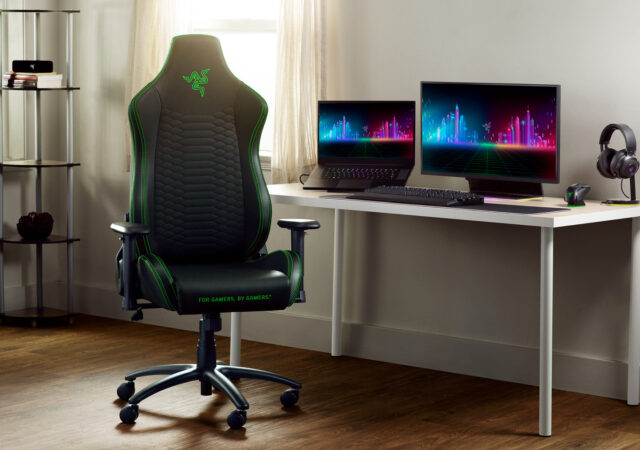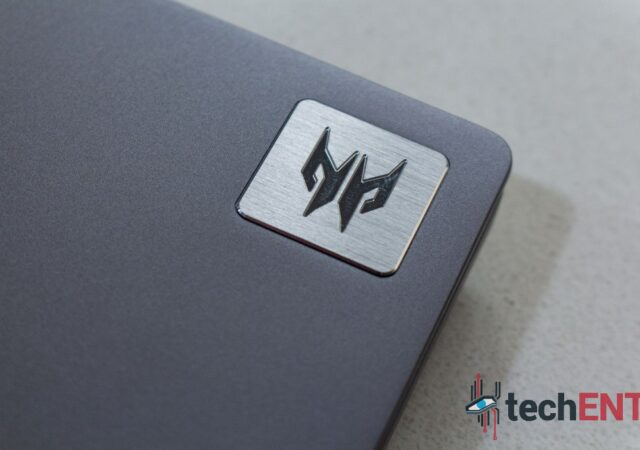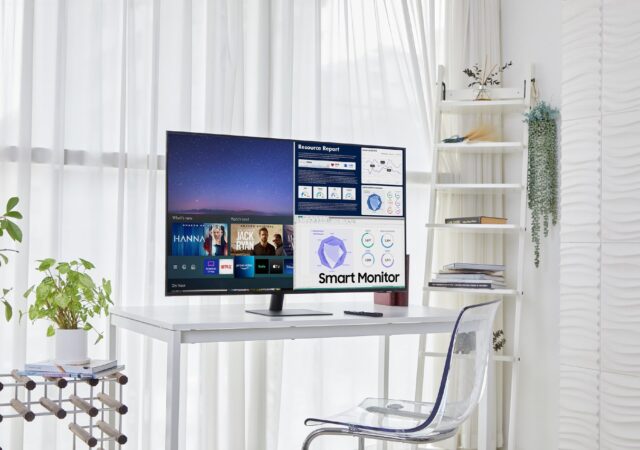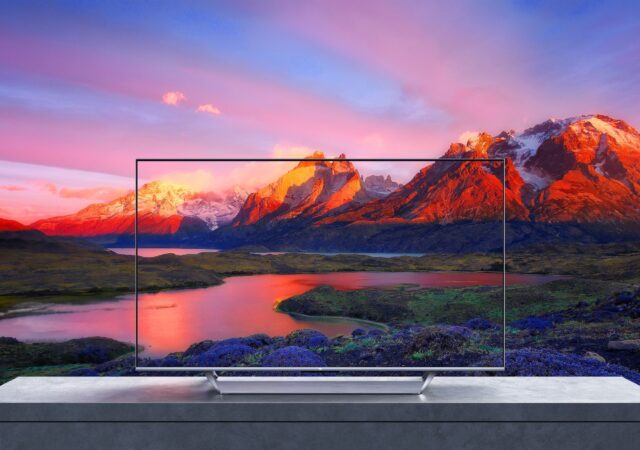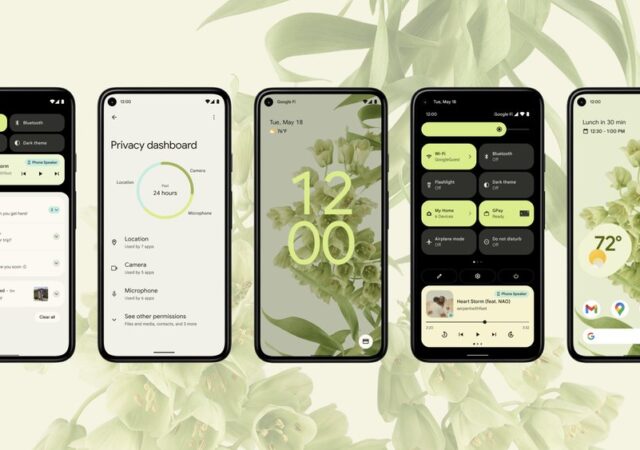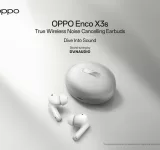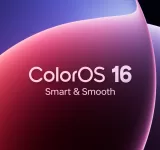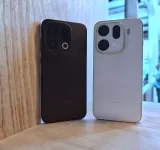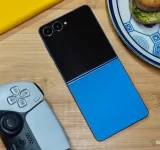Sony launches the new WF-1000XM4 with even more advanced noise cancelling technology and bony conduction technology.
[WWDC 2021] Apple Empowers Personalised Health With Improvements to Health App
Apple brings a slew of new features to its health app which empowers users with more granular control of their data.
Tech & Tonic S02E14 – Are We Doing “Environmentally Friendly” Correctly?
E3 is coming and we saw a few studios reveal some trailers and gameplay to their upcoming games. One of the most exciting games for us is Horizon Forbidden West, a follow up to one of our favourite PS4 titles…
Razer Launches the Iskur X Gaming Chair
Razer launches the new Iskur X gaming chair at US$ 399. The Razer Iskur X is the perfect gaming chair for hardcore gaming.
Disney+ Hotstar Shows Off Malaysian Content Ahead of June 1st Launch
Disney+ Hotstar isn’t just bringing international content to Malaysia during its launch. It’s planning on being home to a host of Malaysian originals.
[Next@Acer 2021] Acer Launches 11th Generation Intel and NVIDIA GeForce RTX 30 Series Powered Predator Triton 500 SE and Helios 500.
Acer launches the Predator Triton 500 SE and Predator Helios 500 in their 2021 edition of Next@Acer global event.
Tech & Tonic S02 Episode 13 – Our Google I/O 2021 Highlights!
In this episode of Tech & Tonic Podcast, we talk about Google I/O 2021 and what we think made the conference a great one.
Samsung Smart Monitors go Bigger and Smaller than Ever.
Last year Samsung launched something of a game changer, in our opinion. It has nothing to do with gaming, or entertainment, to be fair. It has more to do with work than anything else. In November of 2020, Samsung introduced…
Xiaomi Launches Premium Mi TVs in Malaysia!
Xiaomi bring their Mi TV P1 and Mi TV Q1 into Malaysia. The new Mi TV Q1 offers 4K UHD Dolby Vision and HDR10+ experience at 120Hz.
[Google I/O 2021] Android 12 is a Big Visual Change for You
Google I/O sees the introduction to Android 12. The latest generation of the world’s most popular OS gets a major design overhaul.




